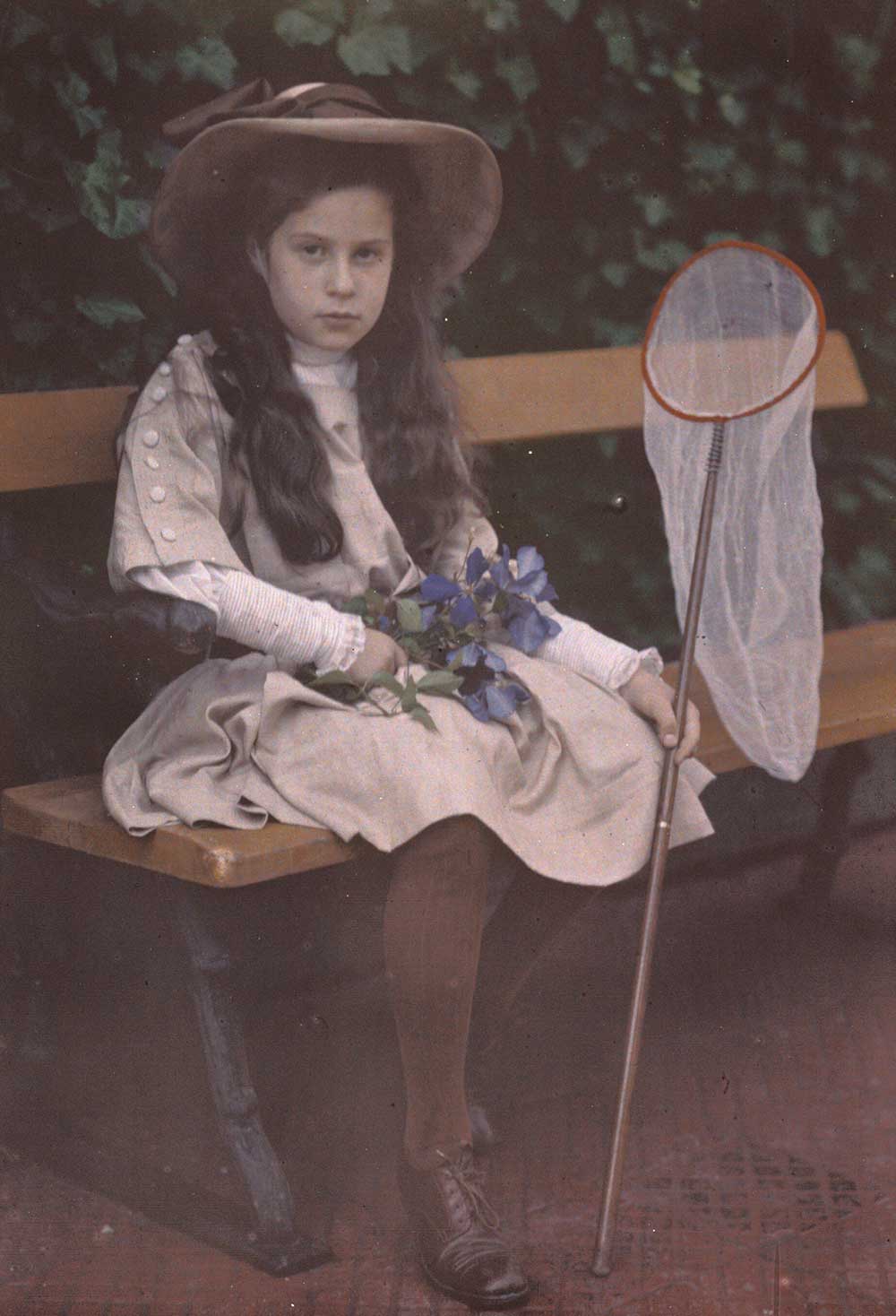Lapham's Quarterly: "New Look, Same Great Look — The History Of Humans Being Confounded By Color Photography" by Kim Beil
Writing in Lapham's Quarterly, Kim Beil works through the history of color photography — and its meaning, its interpretations, its mysteries and consternations. Along the way, she consults Ludwig Wittgenstein and Oliver Sacks. It's not a simple subject to consider because it encompasses issues of physics, physiology, and culture:
While many midcentury commentators were content to gesture vaguely to poor memory or a lack of objectivity, inventor Edwin Land dedicated twenty years of experimentation to trying to explain these effects. Land was critical of color photography, despite his role as Polaroid’s founder and chairman, because photography “reinforced the belief that the colors discerned by Newton in the spectrum are, with minor qualifications, the colors of the world around us.” Color, in Land’s view, is largely internal. It is far more influenced by our expectations than by any other factor, even ambient light. He wrote—and proved—that “the eye has evolved to see the world in unchanging colors, regardless of always unpredictable, shifting, and uneven illumination.”

Comments
Post a Comment